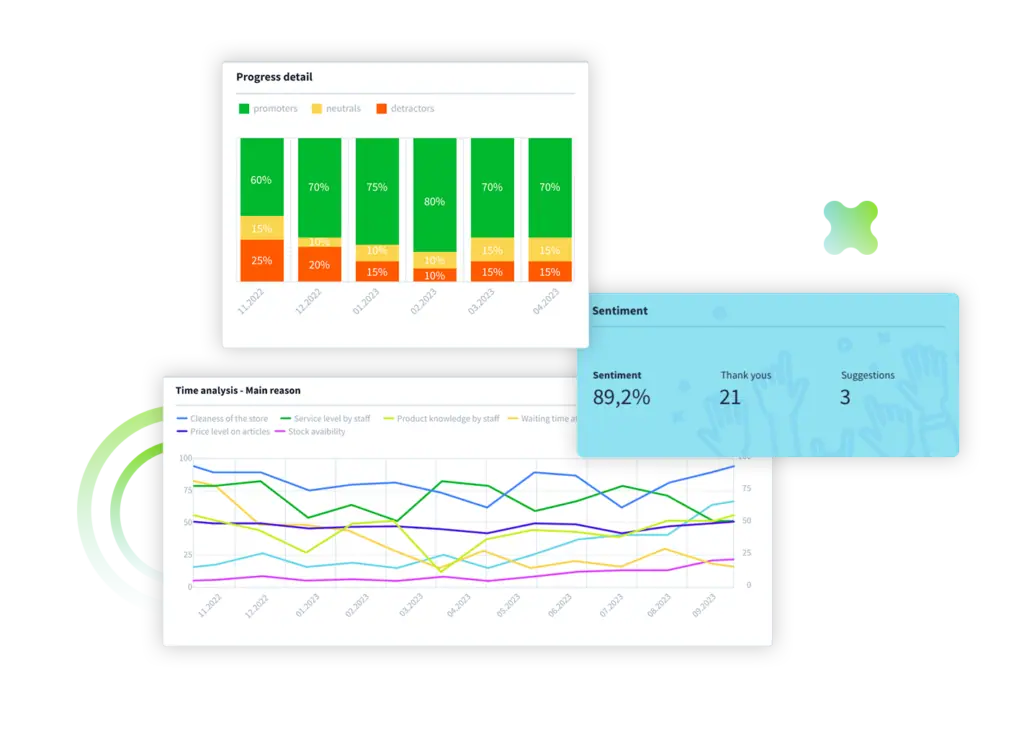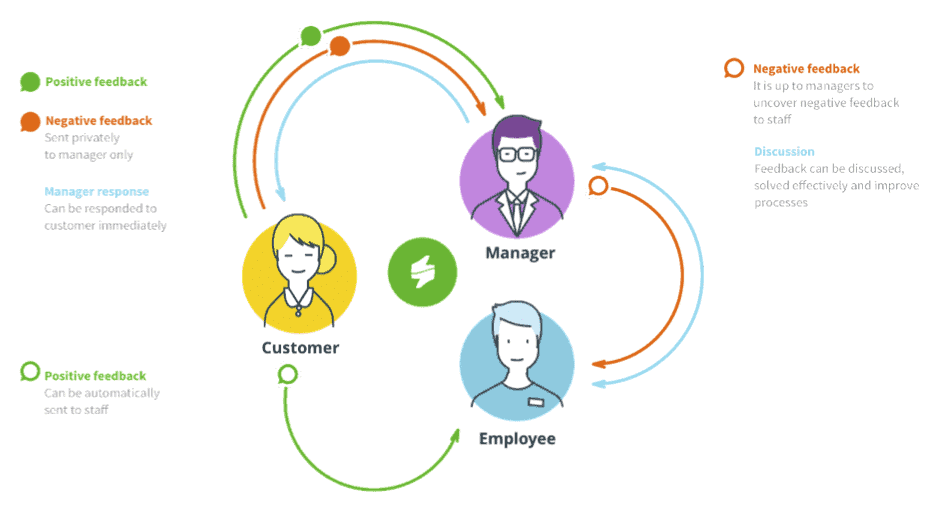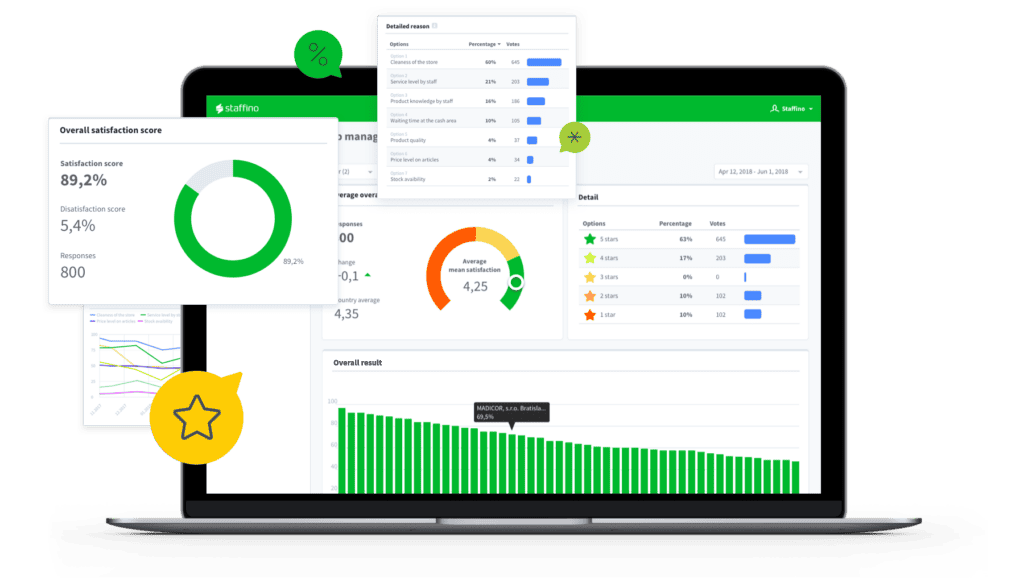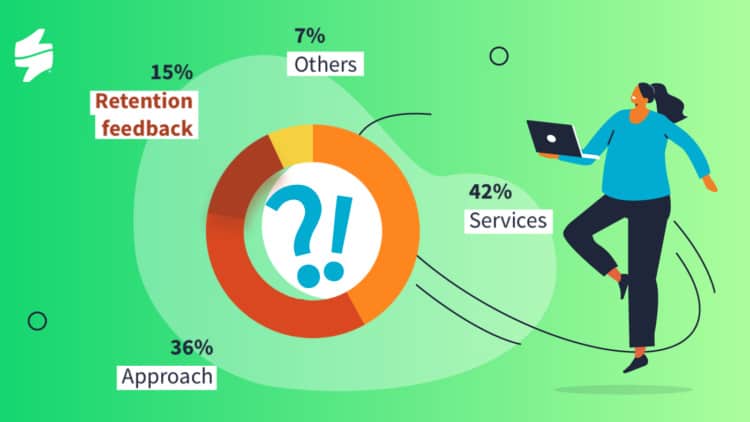In today’s fiercely competitive business landscape, creating a customer advocacy strategy is imperative for sustainable growth. Customer advocates are not merely satisfied customers—they are your brand’s champions, willing to share their positive experiences with others and influence their buying decisions.

This article will guide you through the steps to create an effective customer advocacy program, leveraging closed loop feedback and utilising data analytics to improve customer experience and foster a community of loyal advocates.
What Is Customer Advocacy?
At its core, customer advocacy refers to the actions and attitudes of customers who enthusiastically support your brand and willingly promote it to others. A customer advocacy strategy aims to cultivate such relationships by consistently exceeding customer expectations and engaging with customers in meaningful ways.
The Role of Feedback Loops in a Customer Advocacy Strategy
Feedback loops are integral to any customer advocacy program. The feedback loop meaning encompasses the process of asking for, receiving, analysing, and acting on feedback from customers. This process can be described as a “closed loop” or “closing the loop” because it ensures that customer feedback will not go unnoticed but leads to actionable insights and improvements.

Get Actionable Insights with Closed Loop Feedback Management
With Staffino, you'll never leave a customer unhappy again! Streamline the process of collecting and responding to feedback, identify areas of improvement, and make sure that customer issues are addressed quickly and effectively.
Implementing a Closed Loop Feedback System
Here’s how to implement a closed loop feedback system as the first step of your customer advocacy strategy:

- Collect feedback: Use multiple channels to gather feedback from your customers, ensuring you capture a broad range of experiences and opinions.
- Analyse feedback: Utilise data analytics to sift through the feedback, identifying patterns and areas to improve customer experiences.
- Act on feedback: Make tangible changes based on what you’ve learned from your customers. This could involve enhancing your product, streamlining your service, or improving customer support.
- Communicate changes: Close the loop by informing your customers about the changes made in response to their feedback. This demonstrates that you value their input and are committed to improving their experience.
How to Foster Customer Advocacy in 4 Key Steps
The heart of building customer advocacy is enhanced customer experience. Improved CX not only satisfies but also delights, creating emotional connections and loyalty. Here are 4 key strategies to create customer advocates:

- Personalisation: Tailor your interactions and services to meet the individual needs and preferences of your customers.
- Convenience: Simplify processes, reduce wait times, and ensure your products or services are easy to use.
- Support: Provide exceptional customer support that is empathetic, efficient, and effective.
- Surprise and delight: Go beyond expectations with gestures that surprise and please your customers, turning ordinary transactions into memorable experiences.

Transform Your Customers' Experiences
Create a bulletproof customer journey with tailored CX products and services that will foster loyalty and reduce churn.
Building a Customer Advocacy Program
However, instead of one-time advocates, you should focus on creating a structured customer advocacy program that can help you systematically identify, engage, and empower your advocates. Here’s how to build one:

1. Identify Potential Advocates
Use your customer experience data to identify satisfied customers who are likely to advocate for your brand.
2. Engage with Them
Reach out to potential advocates with personalised communication, acknowledging their loyalty and inviting them to share their positive experiences.
3. Empower Your Advocates
Provide your advocates with the tools and incentives they need to spread the word about your brand, such as referral programs, exclusive content, or early access to new products.
4. Measure Success
Continuously monitor the effectiveness of your customer advocacy program, adjusting your strategy as needed to ensure it remains impactful.
Leveraging Data Analytics Pays Off
Data analytics plays a crucial role in improving customer experience and, by extension, fostering customer advocacy.
By analysing customer experience data through an online CX platform such as Staffino, you can swiftly gain insights into customer behavior, preferences, and pain points. This information allows you to make informed decisions about how to enhance client experience, tailor your offerings, and identify potential customer advocates.

Staffino takes this a step further by integrating AI-driven feedback analysis, providing deep and actionable insights that go beyond surface-level data. Coupled with customised CX dashboards, our clients are empowered to navigate their CX data with precision, ensuring they can leverage every piece of feedback to its fullest potential, thus transforming one-time customer or even churners into loyal customer advocates.
Final Word
Creating a customer advocacy strategy that works requires a commitment to listening to your customers, enhancing their experiences, and recognising their contributions to your brand’s success. By implementing a closed-loop feedback system, leveraging data analytics, and building a structured customer advocacy program, you can transform satisfied customers into passionate advocates. These advocates not only help increase your brand’s visibility and credibility but also play a crucial role in driving organic growth and long-term success.

Get a First-Hand Experience Today!
Staffino is the perfect tool for creating engaging surveys, tracking performance, responding to customer feedback, and rewarding top employees. Get started today with our FREE demo!









